I stand atop an apartment complex, looking down at the bustling streets of Kowlong as commuters shuffle around beneath my feet. Like a superhero ready to make a grand entrance, I step off the ledge. But as I fall, wedged into the body of a poor office worker, I leap out of him and into one of the onlookers below. Instead of a caped crusader landing on a single knee to thundering applause, I join the chorus of screams watching this stranger splat onto the pavement.
One of the first things I noticed when I got my hands on Slitterhead was the achievement you can earn for causing 100 casualties, a number I surpassed tenfold by the end. In Keiichiro Toyama’s new game, which is partly a spiritual successor to the cult classic Siren series, you play as a disembodied ‘spirit’ who controls passersby to use as cannon fodder in the fight against giant, parasitic creatures who mimic and feed on humans.
It’s horrific, but the crux of Slitterhead is its moment-to-moment action. You’re not a helpless dad stumbling through the snowy town of Silent Hill with a lead pipe in hand, but a small militia of civilians armed with razor-sharp clubs conjured up from their own blood. It’s an incredibly ambitious game that reminds me of a time when this industry was far bolder.
Experimental In The Best Ways
Slitterhead is like picking up a forgotten PS3 gem in a second-hand store on a whim. And not just because NPCs look like potatoes and the movement is a bit floaty, but thanks to how it harkens back to a time when publishers were more interested in exciting new ideas and game mechanics than photorealistic graphics and trends.
Slitterhead isn’t trying to stay up to date with the action or survival horror genre and how they’ve evolved over the last decade. It’s Toyama taking the Sightjacking of Siren (where you can see through enemy eyes) to the nth degree, allowing you to take control of almost every NPC you come across. It’s a brilliant concept that completely reinvigorates combat, keeping the momentum going as, even when you’re knocked down, you don’t have to wait to get back up again. You can just jump to the next person and the next and the next and keep on going.
The key to Slitterhead’s fresh and original feel is a combat system that is almost pre-Soulslike. It’s more of a hack ‘n slash, old-school action game that uses the possession hook to add its own flair. With an unwilling army of cityfolk at your disposal, you can wail on enemies until you’re knocked down, and then hop to the next puppet, winning by war of attrition. Or, if you’re more thoughtful, you can use your skills and synergise with other characters to take down enemies more efficiently.
For context, Slitterhead has eight unique playable characters called Rarities, each with their own weapons and abilities. You always select two of these before a mission, and they even influence the skillset of the random NPCs you possess. It adds an element of strategy, but as they can be upgraded, it also helps to keep the momentum going throughout the game as you grow in power and capability.
My favourite picks were Anita and Alex — I’d have Anita summon more civvies, use mind control to make them attack the enemy independently, and then swap to Alex so I could fire off my shotgun while my opponent was distracted. You can also deflect certain attacks to build up a meter that, when filled, puts you into a slow-mo, bullet hell trance.
The combat evokes an era of action games the industry has mostly moved on from, but it’s still every bit as crisp and frenetic as its modern cohorts, because the focus is so clearly placed on making the moment-to-moment gameplay feel good, not making every random Tom, Dick, and Harry on the street look like they were ripped out of a photograph.
An Enthralling Story And Atmosphere
The spirit you play as is dubbed by Julee (the first Rarity you meet) as the “Night Owl”, and it’s a fitting alias. There’s a certain ethereal mystique to your character, with hushed murmurs and the odd ghostly phrase echoing as the written dialogue spools out.
When you stay disembodied in the “Possession” form, flying around as a delicate golden soul, the world around you is suffocated in a deep blue, almost like being submerged underwater. But at the same time, it’s like worming into the mind of a bird, hovering over the city and watching from the rooftops.
The atmosphere is unnerving and often crushingly lonely, but there’s also a seediness to the hubbub of the city streets. The ‘90s backdrop, cluttered back alleys, garish neon signs, and unending night all bring to life a corrupt underworld that has been infiltrated by the Slitterhead menace. In the early hours of the game, we bring several Rarities into our network so that we can root out the corruption, but the story is far from a basic, black and white battle against evil.
Our hunters, who have made it their mission to kill all Slitterheads indiscriminately, start to lose their own humanity. The Night Owl can travel back in time and bring the consciousness of their Rarities with them, but this only leads to futile gestures that lose sight of the bigger picture. We see a Rarity kill the same Slitterhead over and over, out of mindless rage. It doesn’t change anything. But that’s what this narrow, focused view leads to, as every other character is pushed aside as we hone in on nothing more than the violent purge of this entire species.
Throughout the game, we come to find Slitterheads who simply wish to coexist with humanity, just as we find Slitterheads who are manipulative, controlling, and hungry for power. It’s a mirror held up to our party, beautifully told in fragmented missions that see us leaping between days effortlessly. And confronting that urge to simply slaughter our way to the end of the game in the face of such familiarity only made for an all the more poignant story.
The characters themselves, while mostly unvoiced, are incredibly personable. And a big part of that is the rich diversity of our team. There’s a Muslim woman, a young student, a sex worker, an old lady, and a grocery store clerk to name a few — the idea that you can leap between anyone to take control isn’t just a game mechanic, it’s baked into the story. The Night Owl isn’t searching for the best warriors, he’s tapping into the raw potential that’s inside of everyone.
The Drawbacks
Slitterhead’s lower budget is a key part of why this feels like a forgotten PS3 game, but it comes with inevitable drawbacks.
There’s not much in the way of level variety. You’ll find yourself exploring iterations of the same few streets and climbing the same few rooftops. Doing it time and time again only highlights the limitations Slitterhead works under as you quickly begin to pinpoint the boundaries. Thankfully, the game doesn’t overstay its welcome, clocking in at around 15 hours, but it would’ve been exciting to see the admittedly half-baked stealth sections grow in complexity, or to have more interesting platforming with the blood leap than just jumping to the same few clothing lines and neon signs again and again.
Likewise, there isn’t much in the way of enemy variety. Most bosses fall into one of a few categories of Slitterhead, even if their designs are different, otherwise you’ll be fighting humanoid Slitterhead grunts, strange phallic monsters, and occasionally some military goons. You’ll have the strategy down to a science by the end of the game after having fought so many of the same enemies. But with such satisfying combat, I found myself replaying a few of the boss fights anyway just to try them out with different Rarities, seeing what other synergies I could muster.
Slitterhead is an incredibly inventive game with a brilliant, novel idea at its core. It’s the exact kind of release we should be uplifting, a new IP that pushes graphics and trends aside to try something fresh. And it does so to great results — leaping between characters in combat is far more than a gimmick, it turns every encounter into a thrilling frenzy of guts and gore. Add in the poignant story and an unsettling atmosphere, from the man behind Silent Hill no less, and Slitterhead is something truly special. I wouldn’t be surprised if we looked back in ten years at this as a modern classic.
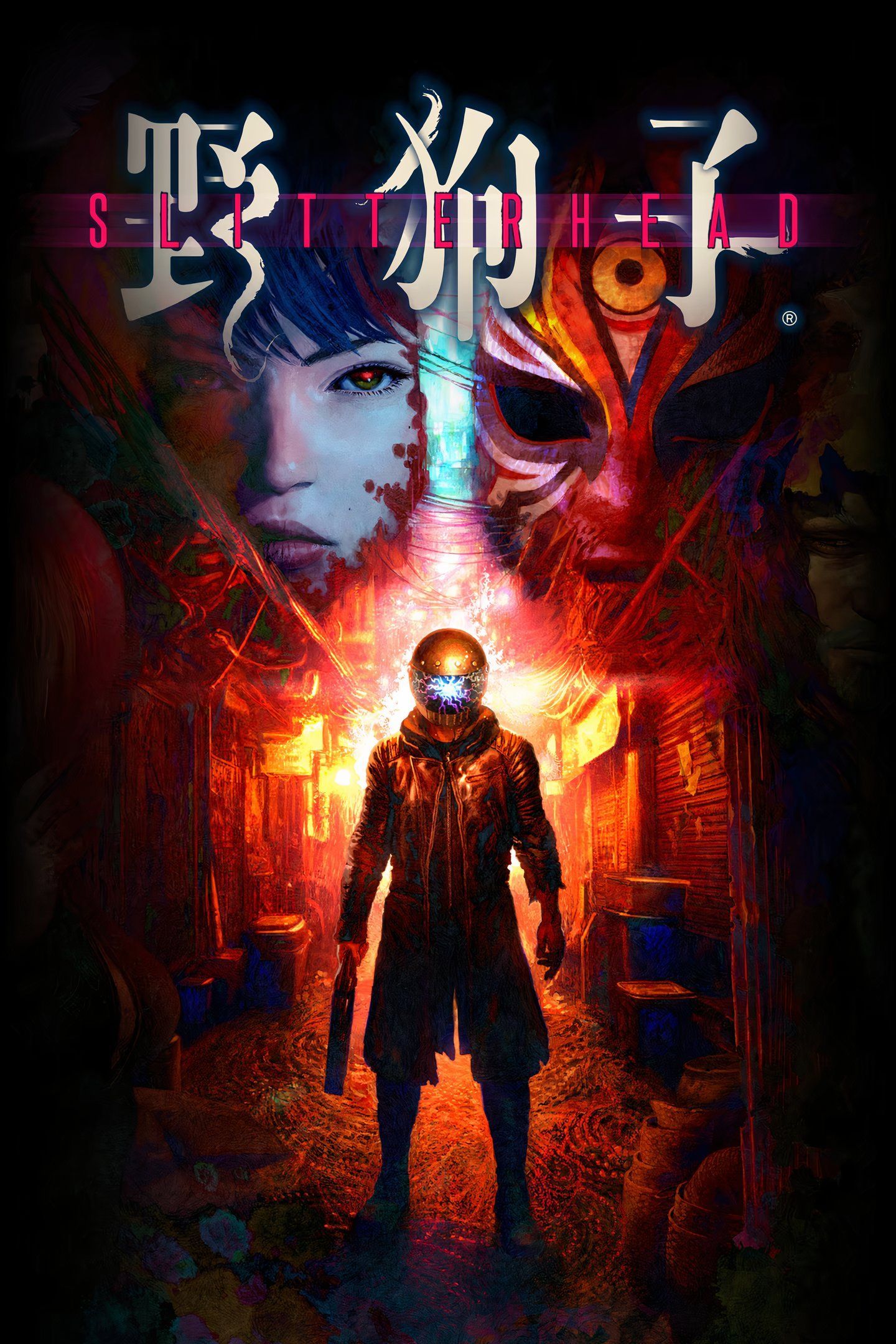
Played on PC.
- Body-hopping lends itself perfectly to frenetic, frenzied combat.
- Poignant story and rich atmosphere.
- Diverse cast brings to life the idea of possessing ordinary folk.
- Lack of variety with missions.
- Lack of variety with missions.
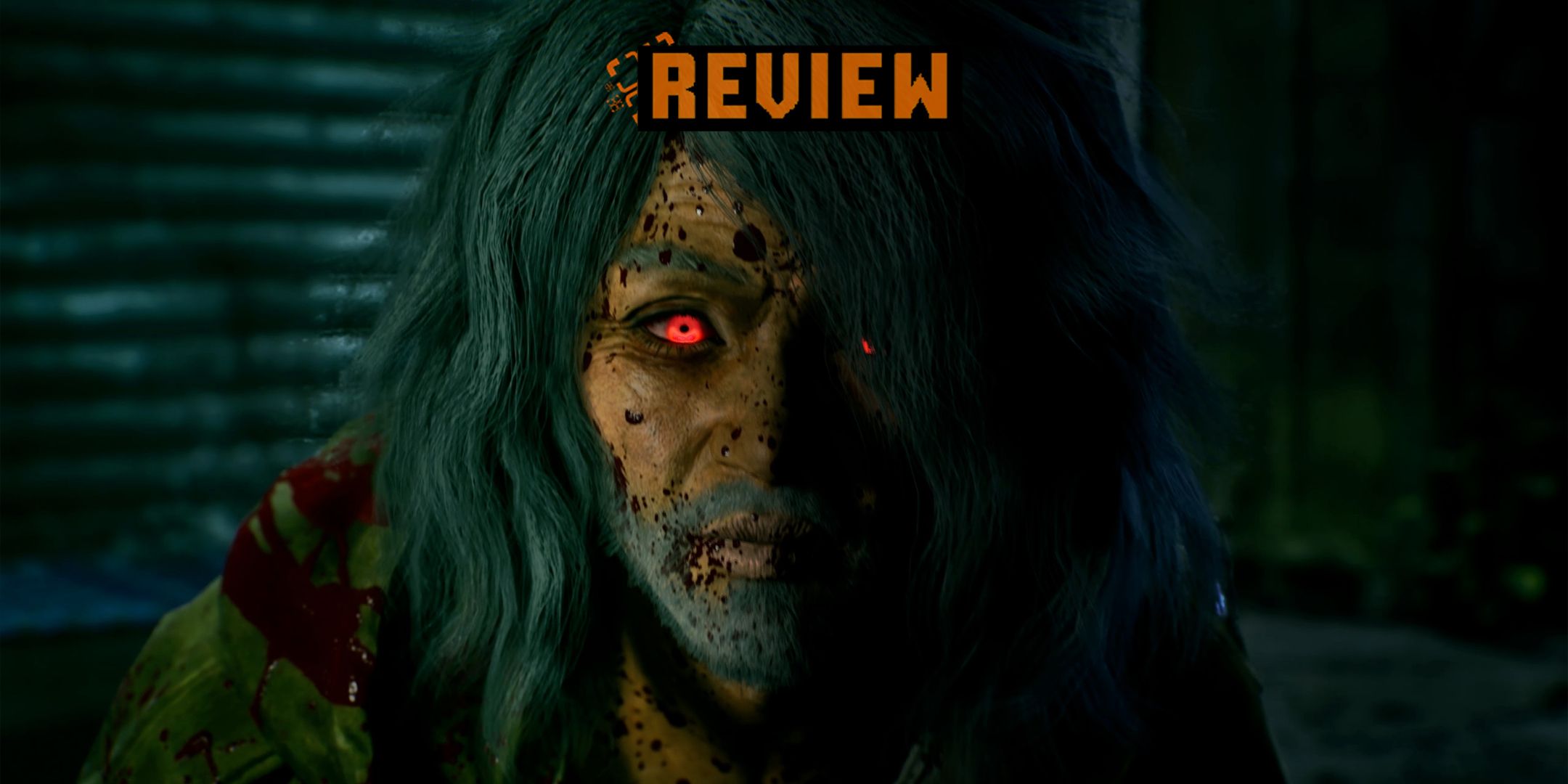

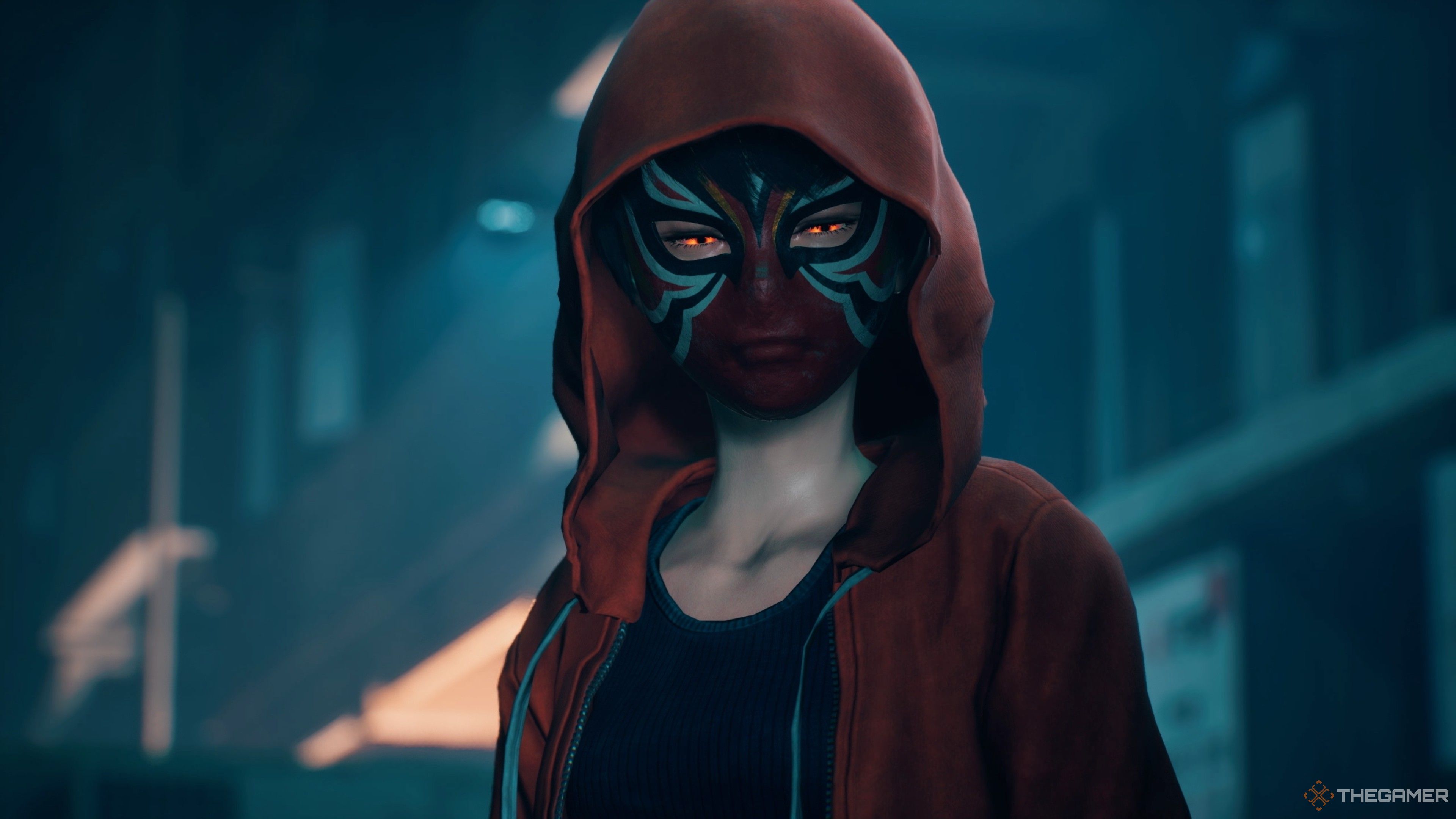


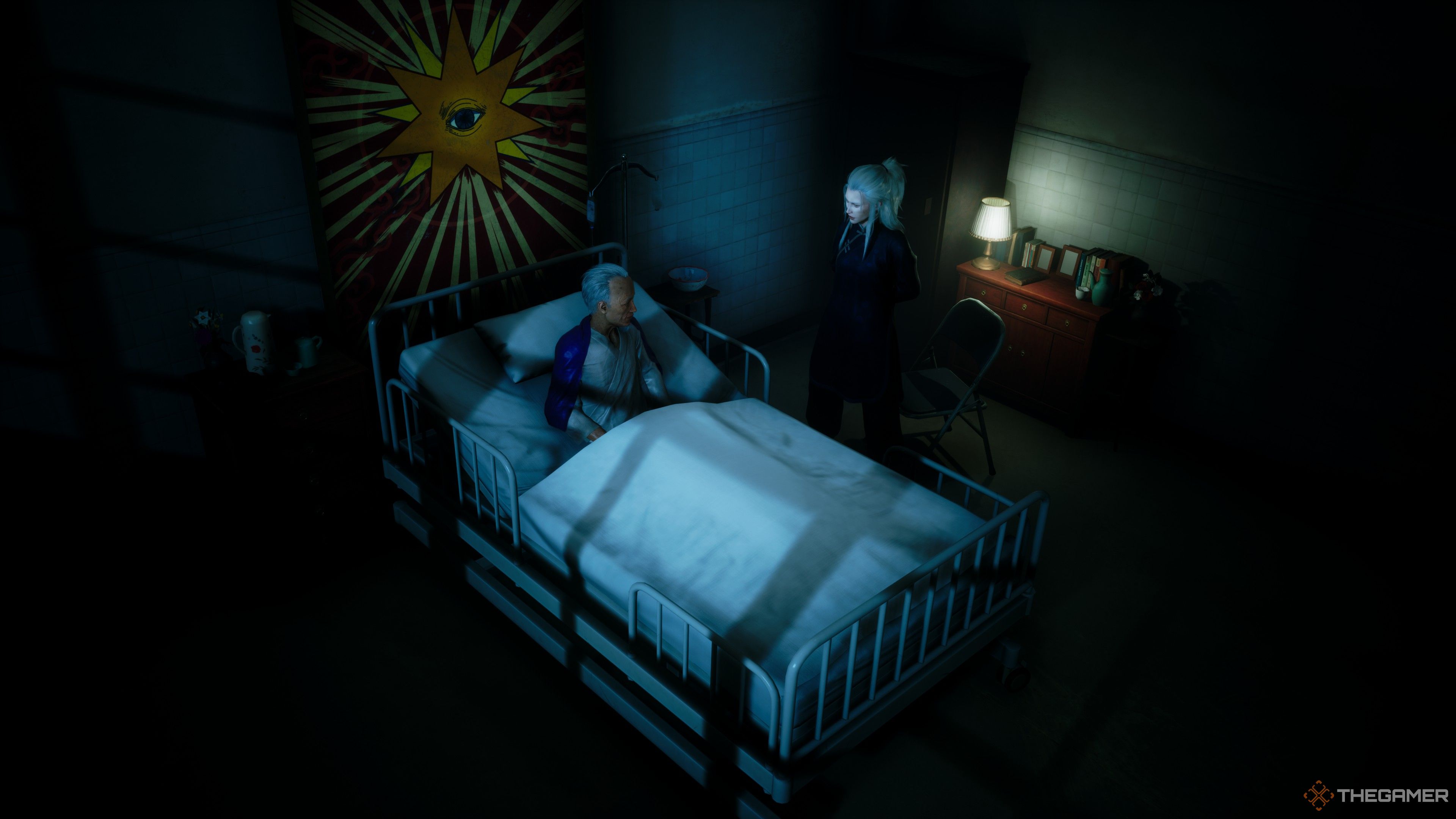
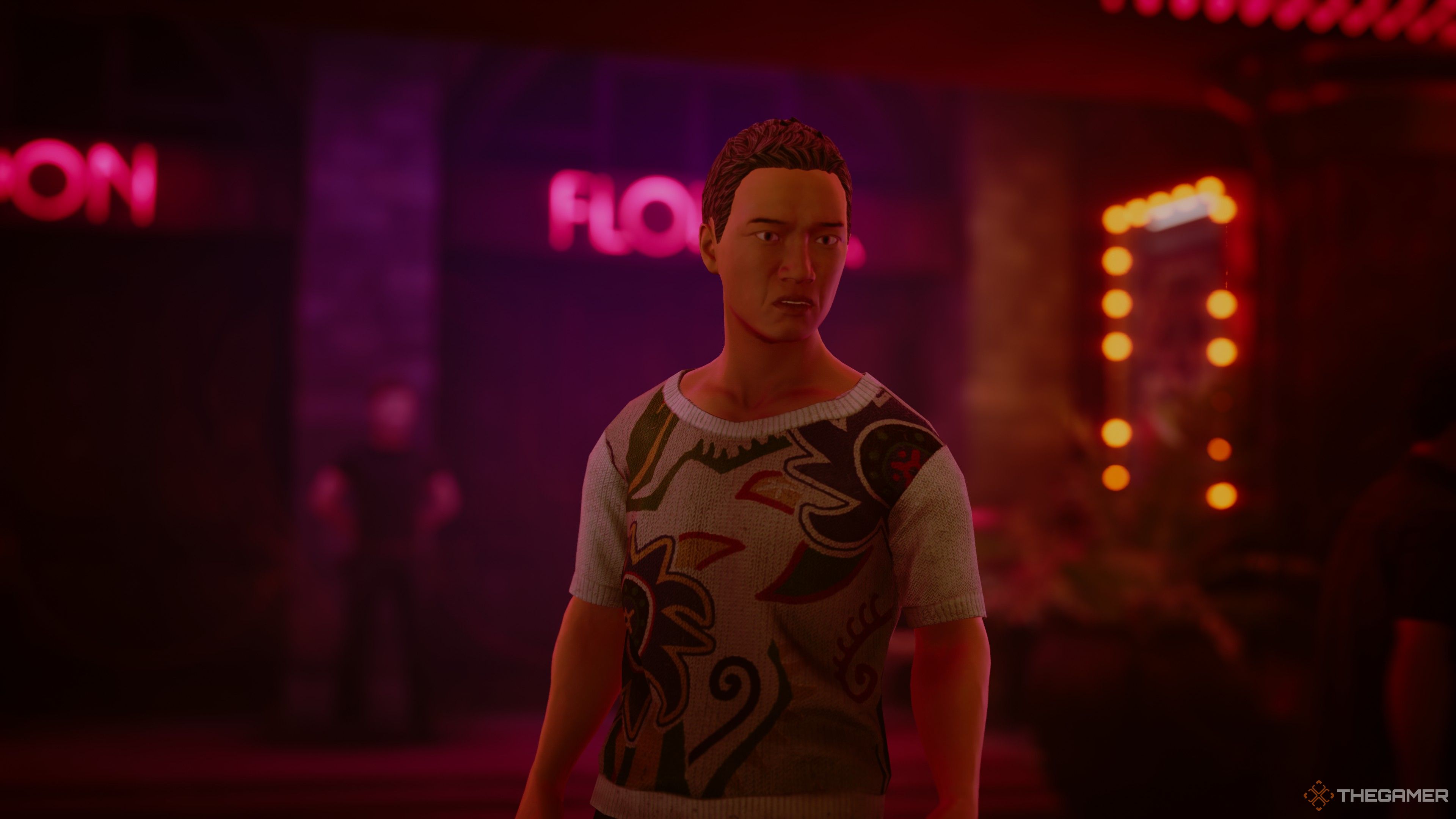

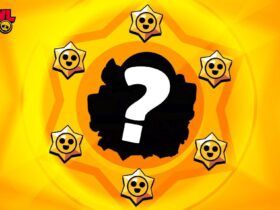




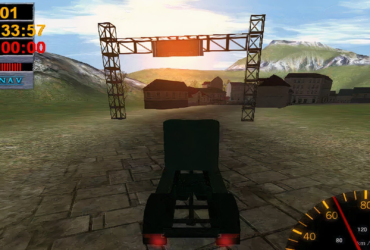
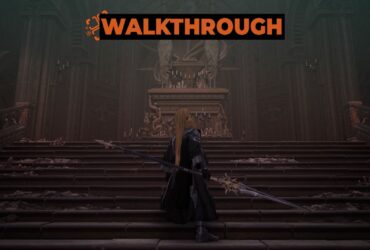


Leave a Reply